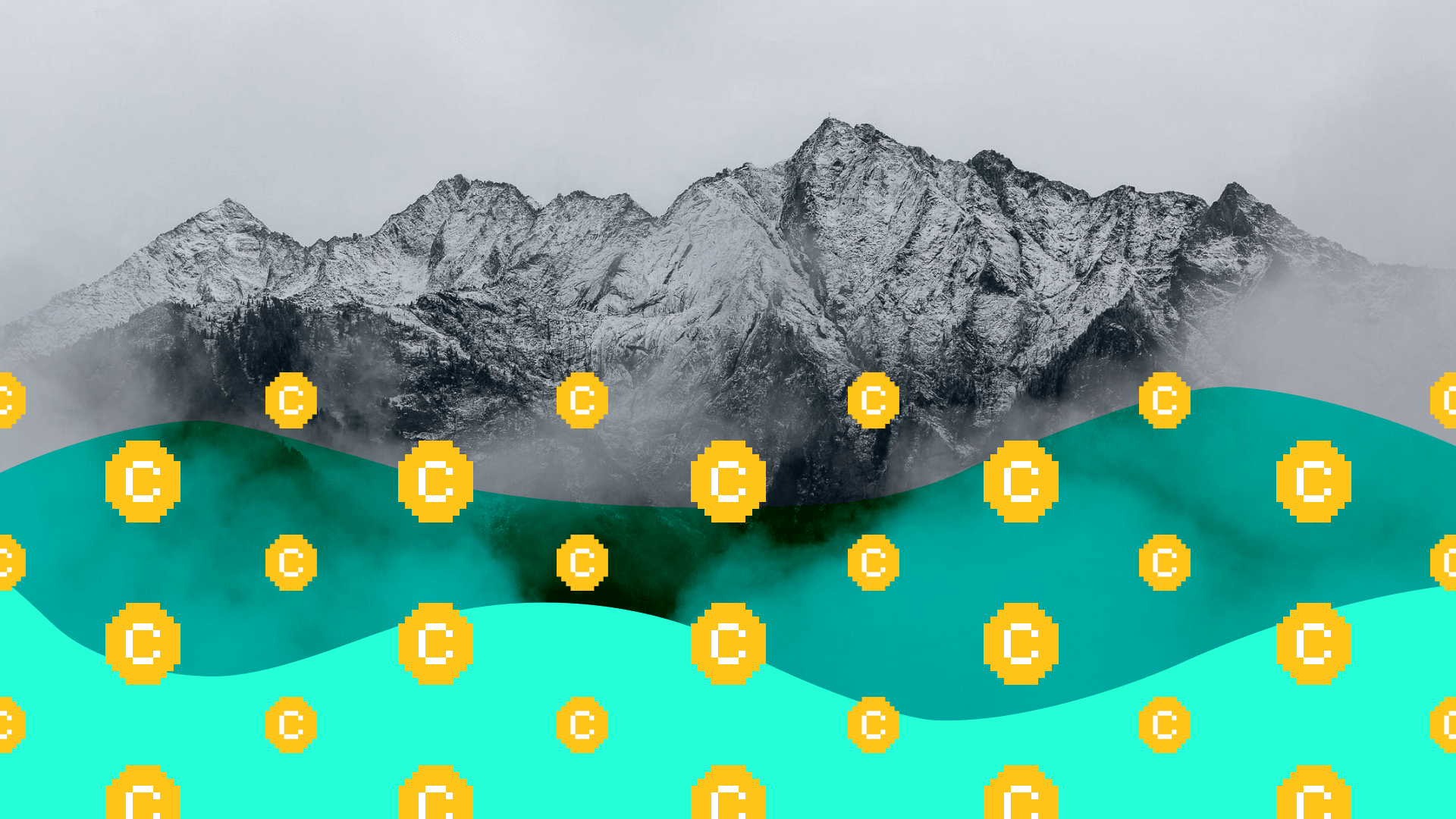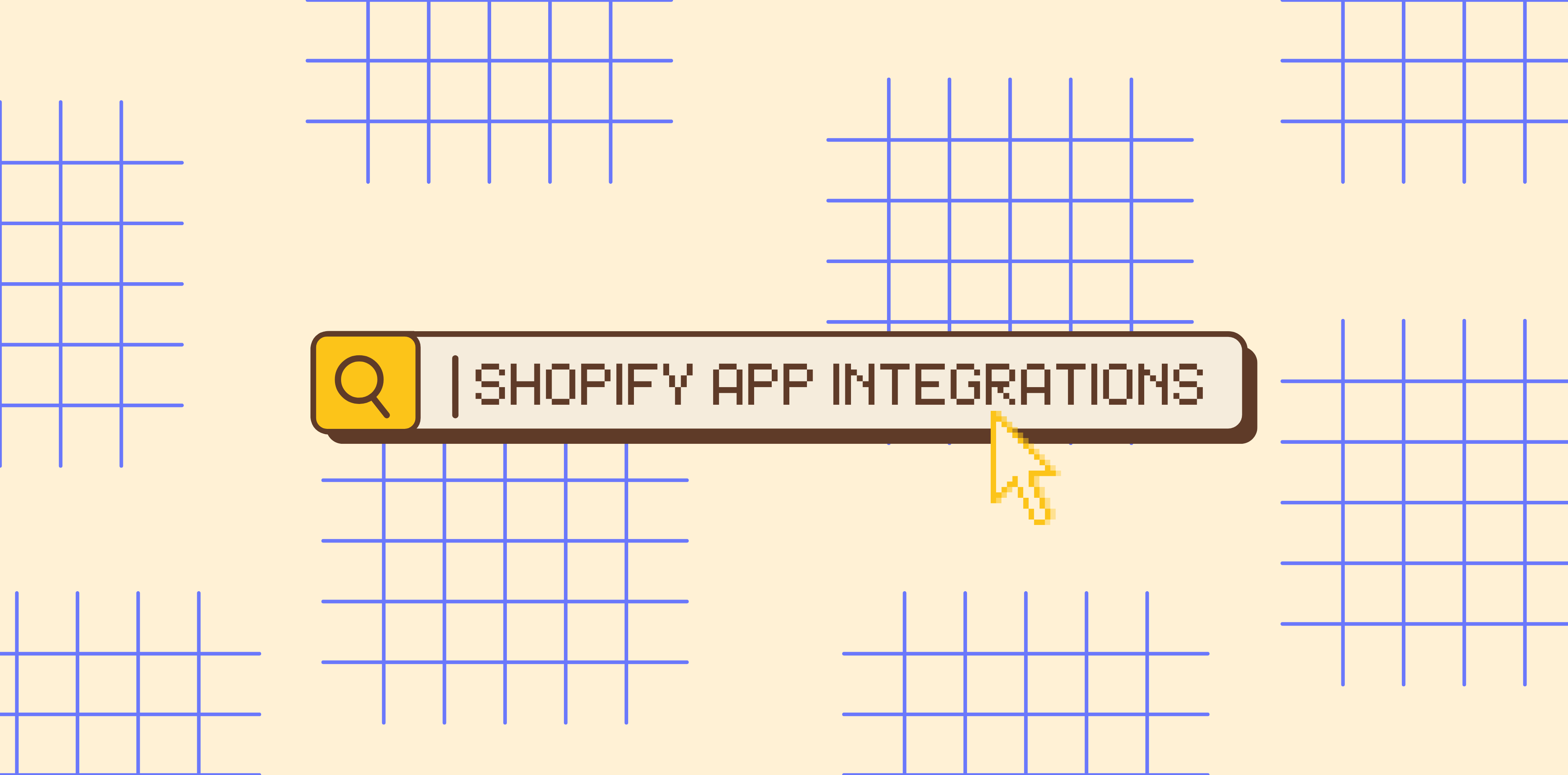So you want to set up a loyalty program that generates revenue and brand loyalty? The TL;DR is that Yes! loyalty programs work!
Implementing a loyalty program can help bring customers back to your store, build a loyal following, and boost customer lifetime value (CLV) and repeat purchase rates.
Based on our data at Smile.io, from a sample of over 1.1 billion shoppers and 250,000 ecommerce brands, 41% of an ecommerce store’s revenue is created by only 8% of its customers, and your top 5% of customers generate 35%. This 5% is made up of your most loyal repeat customers, making it clear that repeat customers generate revenue and are extremely profitable!
Let’s walk through the ins and outs of setting up a Shopify loyalty program:
Table of Contents:
- Why Smile.io and Shopify
- How to set up a loyalty program
- Step 1. Know when you’re ready to launch a loyalty program
- Step 2. Decide what you will reward points for
- Step 3: Give your loyalty program a name
- Step 4: Decide what your points and rewards are worth
- Step 5: How many points do I give for actions
- Step 6: Create a visual explainer page
Why Smile.io and Shopify
Smile.io powers more than 100,000 ecommerce stores across multiple industries that have implemented loyalty, referrals, and VIP rewards programs. Creating a loyalty program with Smile takes minutes and requires zero coding experience. Managing your loyalty program after set-up is effortless, easy to manage, and easy for your customers to participate in.
Implementing a loyalty program fits every industry. Smile enables you to add a custom rewards launcher and panel to every page of your site. Through this panel, your customers can see which type of rewards they can earn, how to earn points and view all of their account information.
How to set up a loyalty program
Through a Smile loyalty program, you can offer rewards, discounts, or other incentives as a way to acquire, engage, and most importantly retain customers. Loyalty programs are a customer retention tool that successfully encourages customers to buy and support your business over your competitors.
Step 1. Know when you’re ready to launch a loyalty program
One of the strongest foundations for launching a loyalty program is knowing your customers. What are they asking from you? What are the key characteristics of how and when they shop with you? How healthy are your current retention metrics?
These are just a few of the questions to ask when implementing a loyalty program. Understanding your customers will help you craft a strong strategy when setting up and launching your loyalty program. There are a few key indicators of a good loyalty program.
Is your loyalty program:
- Bringing customers back?
- Creating loyal customers that spend more money?
- Motivating those returning customers to spend more often?

Step 2. Decide what you will reward points for
The next important step in setting up a loyalty program is deciding what actions you will reward points for. The most common (and effective) point-earning actions are designed to incentivize customers to sign up for your loyalty program.
Some of the main types of actions to reward customers are:
- Setting up an account.
- Celebrating a birthday.
- Making a purchase.
- Engaging with your store on social media.
- Reviewing a product.
- Referring friends and family.
Setting up an account
Offer a nice set of introductory points that will begin to build up a points balance for your customers. Introductory points also allow you to capture first-party data from your customers, such as emails and phone numbers.
When first getting started with Smile.io, you will be asked to select what you want to reward for. Offering sign-up points allows you to quickly get started.
Celebrating a birthday
Who doesn’t like to feel special on their birthday? A fantastic way to engage old customers is to automatically reward them with a nice set of points on their birthday, followed by a points balance email. It’s a perfect recipe to get customers back to your store and shop.
Shares and follows on social media
Smile.io allows you to reward points when shoppers follow different social media accounts. For example, you can earn 100 points for following a brand on Instagram, or an additional 100 points for sharing products on Facebook. The points are rewarded when a shopper follows the link through the loyalty panel to the social media page.

Social media is key to growing a brand and community, especially as an ecommerce business. Building a social media following can be tough. But getting shoppers to follow your ecommerce brand’s social page while earning points can be a good incentive for them to continue to engage with your brand. It exposes customers to products more often, and increased exposure means additional touchpoints leading customers to make a purchase.
Rewarding for photo and video reviews
Reviews are a key foundation to showing potential customers why to shop with you over a competitor. Reviews act as social proof and help potential customers build trust in the ecommerce brand.
One way a loyalty program can help you earn more reviews is by rewarding customers for leaving a photo or a video review. Smile integrates with various review Shopify apps such as Loox, Fera.ai, or Reviews.io which can easily allow you to display those reviews on your site.

Referrals
There is no better way to acquire a customer than through a customer referral. Referrals are a strong way to acquire new customers who already have a connection with your ecommerce brand.
A referral program has to be rewarding to both the person making a referral and the person receiving a referral. It’s estimated that “92% of consumers around the world say they trust recommendations from friends and family, above all other forms of advertising.” Your circle of influence is the strongest form of community you can build (and have).

Some ecommerce brands offer a mutual exchange of discounts for both parties. Other ecommerce brands offer points to the person making a referral, and a generous discount to the first-time shopper, receiving the referral.
Step 3. Give your loyalty program a name
Naming your loyalty program is part of the overall strategy. Get as creative as possible and make sure it aligns with your business name, products, and what you’re known for. A loyalty program performs better when it stands out from all the other programs out there. If you call the program “My Shopify Store’s Loyalty Program” your customers are going to think it’s dull.
The same goes for your loyalty currency. If you just call your currency points, it does not stand out. Give your customers something to get excited about. One simple way to get started on brainstorming ideas is to look at your social media channels. What is the tone and language of how you communicate with your customers? Do you use a lot of emojis? Are you cheeky or provocative? Are you casual or professional?
Some tips for naming your loyalty program:
- Establish an emotion.
- Incorporate your loyalty program currency.
- Align with your products and what your business is known for.
- Analyze how you speak to your customers on social media platforms.

Step 4. Decide what your points and rewards are worth
Points have a monetary value associated with them. This means those points you are giving to your customer are worth money. When deciding what your points are worth, you should give your customers enough value that they can redeem a reward on a second purchase.
As a rule of thumb, we recommend giving 3-10% back in points for every dollar spent. At the same time, you don’t want customers redeeming a discount on their first purchase.
If you have high-value products and healthy margins, you can aim closer to 10%. For example—let’s assume you offer $1 in rewards for every 100 points earned. When it comes to earning points, you’re going to want to offer 3 - 10 points for every dollar spent. This is because 3 points earned divided by 100 points needed for a dollar off = 3%.

Tips for deciding what your points are worth:
- Don’t give away enough points to redeem a reward before a purchase is made.
- Ensure customers need to make 1-3 purchases before redeeming the first reward.
- Give 3-10% back to customers in points for every dollar spent.
- Set your first reward just above the number of points customers can earn without making a purchase.
Step 5. How many points do I give for actions?
Once you have decided what your points are worth and the types of rewards you’re giving, you now need to decide how many points you are going to give for the actions in your loyalty program. If you know the exact value of a social follow, or how much a referred customer spends on average at your store, you can use that advice. But if you're just getting started these insights will show you how to calculate how many points each action should be worth.
Account registration = half the points of your first reward
Introductory points (signing up for an account) must be a generous amount of points. And often the most a first-time customer can receive. Smile indicates a good rule of thumb is to offer about half of the amount of points needed for your first reward. So if you offer $5 off for 500 points, then a 250 sign-up bonus is great!
This will motivate customers to create an account they will use to reach that reward. It ensures customers use their account instead of creating a new account every time they shop with you to receive that discount. By building your customer's balance with points, you incentivize them to return for a second purchase.
Reviews = half the points of your first reward
Similar to the amount of points to sign up for an account, we recommend offering about half the points needed to cash in that first reward. This is because your customers have already purchased from your store, and now you need them to be incentivized to come back to leave a review.
Celebrating a birthday = half the points of your first reward
One rule within the Smile.io app is that customers need to enter their birthday at least 30 days in advance before being able to redeem birthday bonus points. Since you should only offer this once a year, we recommend you offer up to the same amount of points needed for your first reward.
Referrals = mutual points or same discount amount to both parties
To engage customers to make a referral to their community, you want to reward both parties for a successful referral. Turning your current customers into brand advocates requires an incentive.
It’s estimated that referred customers have a 37% higher retention rate compared to other customers gained through other marketing channels. A very powerful force to motivate someone’s behavior is to show them what’s in it for them. Reward both new and returning customers equally so they find value in your program.
You can decide to give both parties the same amount of points, a price-based discount, or a percentage-based discount.
Social media follows = cumulatively below the first reward amount
These social follows provide an amazing opportunity to keep customers engaged on social channels they are already on. It’s a great way to build a brand community on the channels you are most active on.
For example, if we maintain that your first reward is 500 points = $5 off and your sign-up bonus is 250 points, you can offer 50 points for each social media follow. As long as you don’t offer more than 5 social media earning actions, you’ll still be under that first reward threshold.
Step 6. Create a visual explainer page
Explainer pages are a key component of a successful loyalty program. It also signifies to your customers that you care, by creating a place where they can get all their questions answered on your loyalty program. The more visual the better.
An effective explainer page should:
- Excite customers about the program’s benefits.
- Explain how the program works, and how to participate.
- Convince the customer to participate.

Tips for building a great explainer page:
- Make your explainer page easy to find.
- Have a clear call to action (CTA).
- Make it easy to understand.
- Showcase your motivator.
Set up a loyalty program in minutes
Building customer loyalty is an opportunity to build a community that will support you no matter what (and choose you over competitors).
Smile is trusted by more than 100,000 ecommerce brands. It’s the ease, excellent customer service and most of all ROI that a loyalty program has brought to thousands of ecommerce brands is why it’s trusted by the world’s biggest brands.








